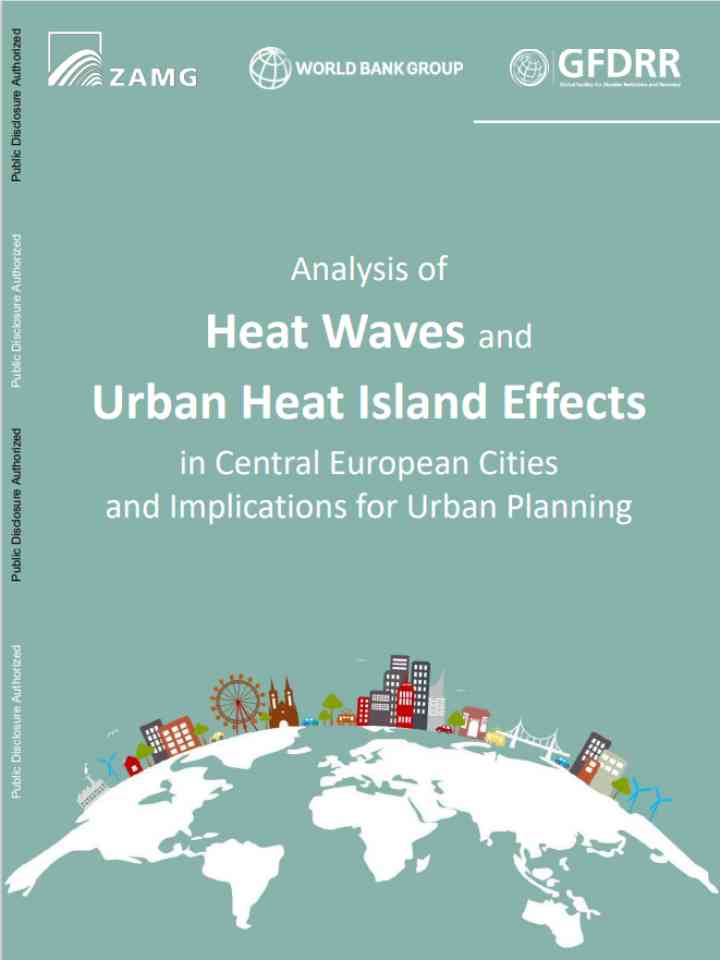Analysis of heat waves and urban heat island effects in central European cities and implications for urban planning
This report provides an overview of the urban heat island (UHI) effect in Central European cities and its implications for sustainable development. Directed at policy makers, practitioners, and the wider public, the report explains the UHI effect and its drivers, as well as potential risk management and adaptation measures to address them. One of the report's key messages is that in the context of cities and changing climate, policy and investment decisions can be facilitated by scientific approaches that provide information on current and future climate, and that increase understanding of measures to reduce UHI effects. Along with potential adaptation measures, this report also highlights the need to increase public awareness of, and emergency preparedness for, urban heat impacts on people and societies. The report also includes a number of city examples and case studies, selected based on availability of information, and relevance for other cities in the region. By introducing adaptive and preparedness policy options, this report also promotes the integration of disaster risk management approaches in the urban context. This integration is illustrated through a roadmap for increased resilience to urban heat. This roadmap highlights the key steps that cities can take to better understand the scope of UHI effects and in turn integrate this information into broader resilience or urban development plans and strategies.
Key steps to improve resilience to urban heat are as follows:
- Risk-informed urban planning and development can help minimize climate change– related loss to public, private, and combined investments; it can also contribute to more sustainable development and planning, and, ultimately, more resilient economies and societies.
- Cities need to gain a better understanding of what drives the heat waves and UHI effects they are subject to, and the scope of their risk, including people and assets exposed and impacts of heat waves on specific areas or population groups, including the vulnerable or most at risk.
- The action plan for increased resilience to UHI effects should identify specific public investments and actions to promote green, blue, or white adaptation measures.
- There are analytics and models available to inform urban planning and infrastructure development resilient to future climate change.
- In parallel to improved urban planning, cities also need to also plan for improved preparedness and response to UHI effects.
Explore further

